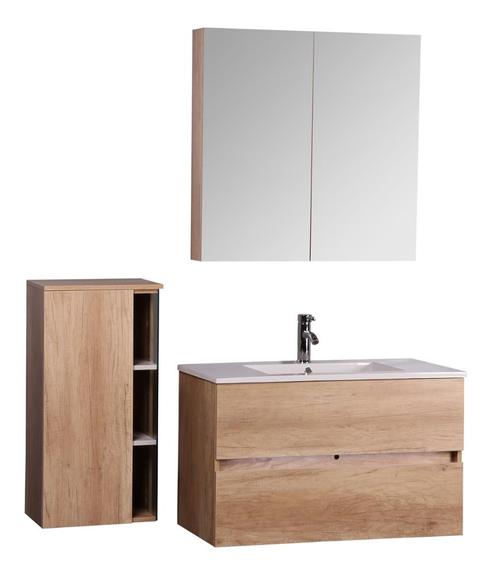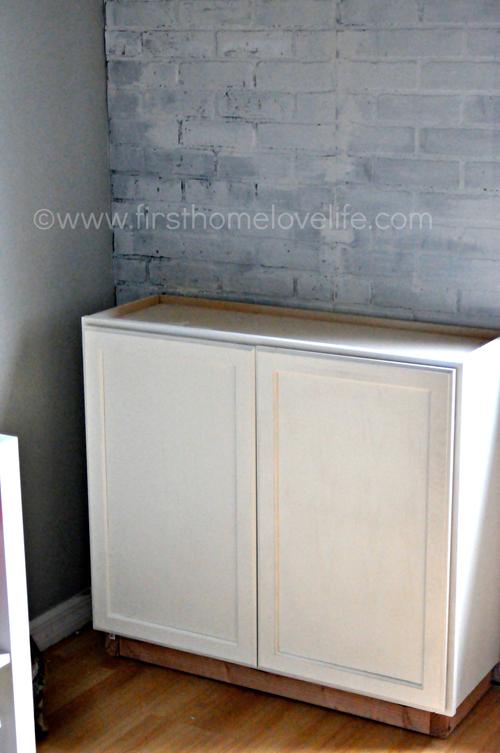Painting Cabinets Without Sanding: A Comprehensive Guide
Painting cabinets without sanding can seem like a daunting task, but with the right techniques and products, it’s entirely achievable. This guide will walk you through the entire process, from preparation to application, ensuring your cabinets look fresh and new without the hassle of sanding.
Understanding the Process
Before diving into the painting process, it’s essential to understand why sanding is typically required. Sanding removes old paint, dirt, and imperfections, creating a smooth, even surface for new paint to adhere to. However, with the right products and techniques, you can bypass this step and achieve professional-looking results.

Preparation
Preparation is key when painting cabinets without sanding. Here’s what you need to do:
-
Clean your cabinets thoroughly. Use a damp cloth to remove dust, dirt, and grease. For tougher stains, a mild detergent may be necessary.
-
Remove all hardware, such as knobs, handles, and hinges. This will make it easier to paint the entire cabinet and ensure a clean finish.
-
Fill in any holes or cracks with wood filler. Allow it to dry completely before proceeding.

-
Wipe down the cabinets with a damp cloth to remove any remaining dust or debris.
Choosing the Right Paint
Selecting the right paint is crucial for a successful no-sanding painting project. Here are some factors to consider:
-
Paint Type: Look for a paint specifically designed for cabinets without sanding. These paints are formulated to adhere to existing surfaces without the need for sanding.
-
Finish: Choose a finish that complements your style and the existing finish of your cabinets. Options include matte, satin, semi-gloss, and high-gloss.
-
Color: Select a color that you love and that will complement your kitchen or bathroom. Don’t be afraid to experiment with different shades and tones.
Painting Techniques
Once you have your paint and all the necessary supplies, it’s time to start painting. Here are some tips to help you achieve a smooth, even finish:
-
Use the Right Brush or Roller: Choose a brush or roller that’s suitable for the type of paint you’re using. For example, a synthetic bristle brush works well with latex paints, while a natural bristle brush is better for oil-based paints.
-
Start with the Edges: Begin by painting the edges and corners of your cabinets. This ensures that you have a clean line and prevents paint from dripping onto other surfaces.
-
Paint in Sections: Divide your cabinets into sections and paint each section before moving on to the next. This will help you maintain a consistent finish and prevent paint from drying before you’ve finished a section.
-
Apply Light Coats: Apply thin, even coats of paint to avoid drips and runs. Allow each coat to dry completely before applying the next.
Table: Paint Types and Their Characteristics
| Paint Type | Characteristics | Best for |
|---|---|---|
| Latex Paint | Water-based, quick-drying, durable, and easy to clean | Cabinets, walls, trim |
| Oil-Based Paint | Long-lasting, durable, and has a rich finish | Wooden cabinets, exterior doors, trim |
| Enamel Paint | High-gloss finish, durable, and easy to clean | High-traffic areas, kitchen cabinets, outdoor furniture |
Finishing Touches
After your cabinets have dried completely, it’s time to reattach the hardware and give them a final inspection.
